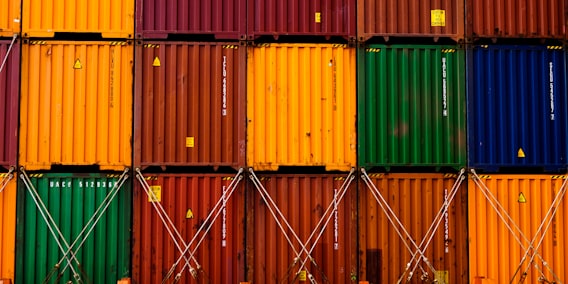
Safety culture and safety climate are similar terms describing an organization’s approach to safety, not only the visible efforts or attitudes its members chose to adopt, but also every mental function that defines their overall behavior. To be more specific, although those two definitions are used for the same reason, “safety culture” mostly refers to individual and group values, attitudes, perceptions, competencies regarding safety, while “safety climate” is mainly used to describe the...
https://safety4sea.com/cm-safety-management-safety-culture-vs-safety-climate-whats-the-difference/

